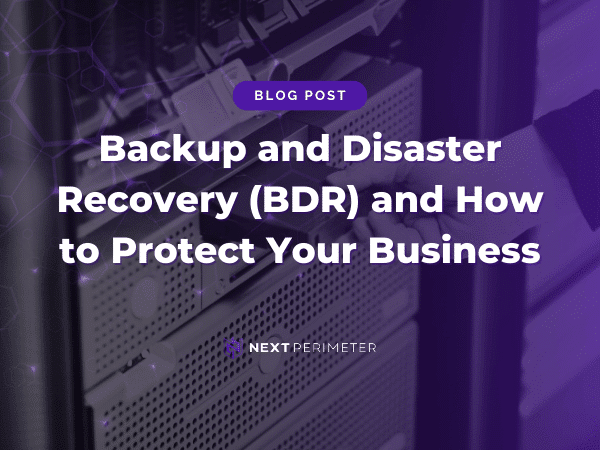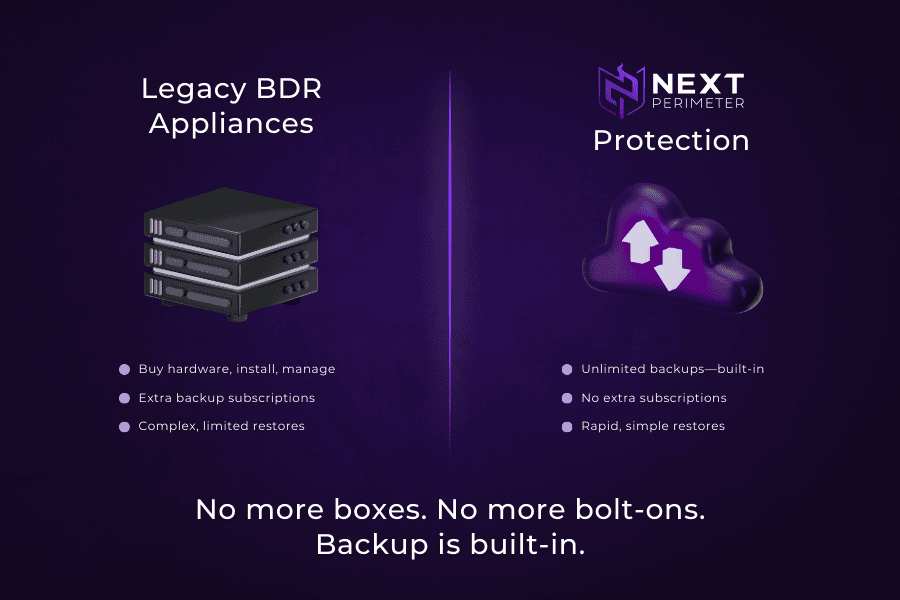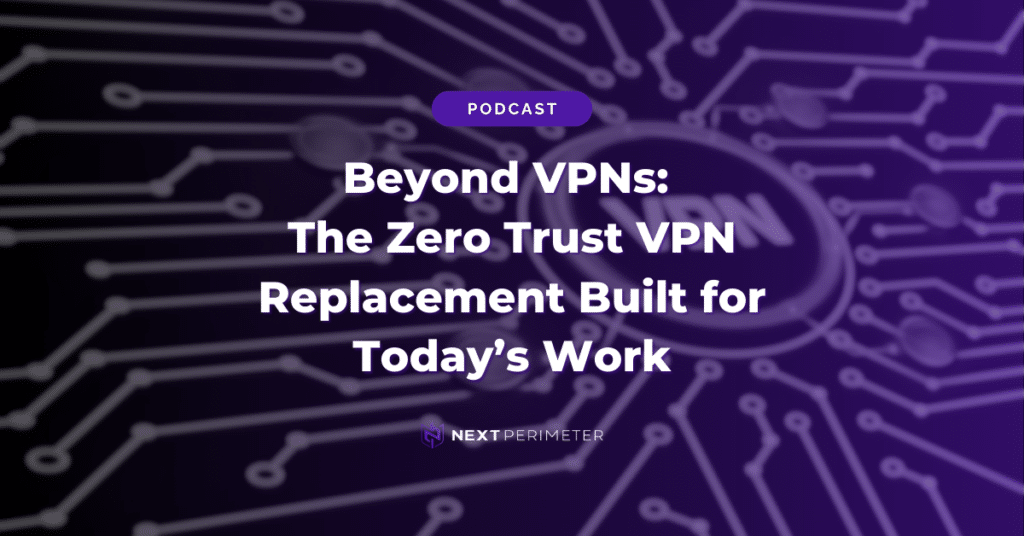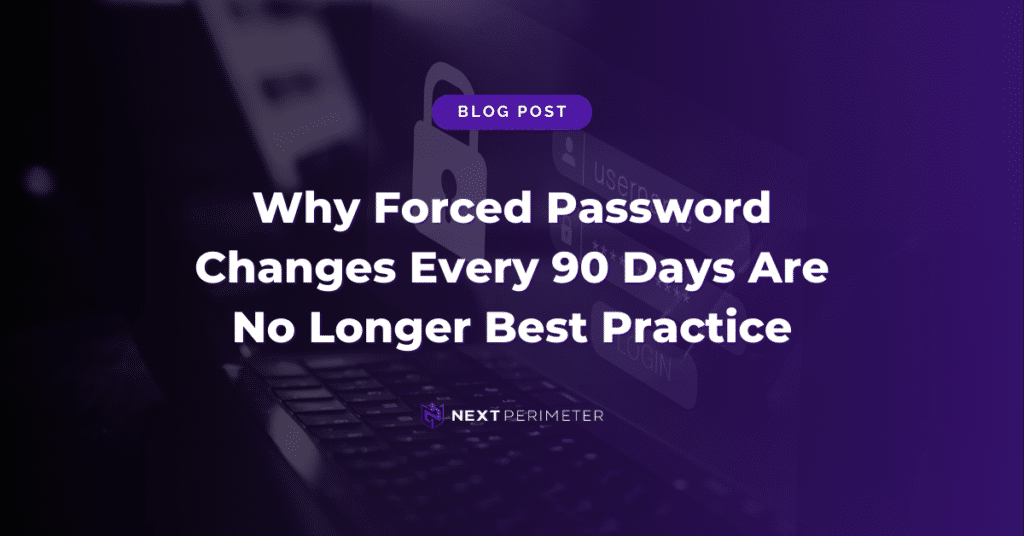A 2025 Rewrite of Our Classic 2018 BDR Blog—Because Business IT Has Changed Forever
In 2018, we wrote about the importance of BDR (Backup & Disaster Recovery) appliances—those hardware boxes you’d tuck in the server room, quietly copying your data in case disaster struck. But the world has changed, and so have the needs of growing businesses.
Today, most successful organizations are SaaS-powered, with critical data living in Microsoft 365, Google Workspace, and other cloud apps. The legacy approach—relying on on-prem BDR appliances and endless server maintenance—no longer fits the way modern companies operate.
The End of BDR Appliances: Why the Old Way No Longer Works
Traditional BDR appliances were built for a world where everything ran on physical servers. But in 2025, the best businesses have already moved away from managing their own infrastructure. Here’s why the legacy BDR approach is now obsolete:
- Serverless Operations: With most business data and workflows in the cloud, there are no on-prem servers to protect. The idea of a “backup appliance” is a relic of the past.
- Remote & Hybrid Work: Teams aren’t tied to a single office. Local backup hardware can’t keep up with a distributed workforce.
- Compliance & Security: SaaS platforms offer robust security, but built-in backup and retention policies are often inadequate for true business continuity.
Business Continuity Has Gone Cloud-First
Modern business continuity is all about protecting the identities and cloud platforms your team depends on—not just files on a local network.
At Next Perimeter, we’ve redesigned our managed services for this new reality:
- Identity & Cloud Protection: We focus on securing your user accounts, emails, files, and apps—wherever your people work.
- Automated Backups, Included: Every managed identity and cloud tenant gets unlimited, automated backups with unlimited retention and point-in-time restores, at no extra cost.
- No Hardware, No Hassle: There are no boxes to buy, update, or monitor. Protection is built right into our managed IT and cybersecurity stack.
Unlimited Backups—Now Standard, Not an Add-On
With Next Perimeter, you don’t have to ask for backup coverage—it’s part of every managed cloud identity. Key features:
- Microsoft 365 & Google Workspace: All your email, OneDrive, SharePoint, and Google Drive content is automatically backed up.
- Unlimited Retention: Never worry about hidden storage limits or costly restore fees.
- Easy, Auditable Restores: Lost a file? Need to recover a mailbox? Restores are fast, simple, and go directly to the original account for security and compliance.
- No Data Migration Headaches: While backup is built for data loss events (not migrations), you’re covered against ransomware, accidental deletion, and insider threats.
Real-World Security, Not Just Checkbox Compliance
We’re often asked: “Isn’t my data already protected in the cloud?”
The answer: Not always. Major platforms offer some redundancy, but native retention policies aren’t designed for true business continuity—especially when human error, malicious actors, or SaaS app failures strike.
Our service closes those gaps automatically, so your business can recover from anything—without ever thinking about BDR appliances, tapes, or manual backup jobs.
The Bottom Line: Business Continuity is Now a Built-In, Cloud-First Service
You shouldn’t have to buy another box or add another subscription just to protect your business-critical data.
With Next Perimeter, unlimited backups and rapid restores are an integrated part of our identity and cloud protection stack—backed by real security expertise, not marketing hype.
Ready to Ditch Legacy BDR for Good?
If you’re still managing servers or BDR appliances—or just want to know your SaaS data is truly safe—let’s talk.
Next Perimeter is built for the cloud-first, SaaS-powered era. And so is your business continuity.
Want to see how it works? Schedule a demo with our team.
(This post is an updated 2025 rewrite of our 2018 BDR article. Modern business continuity is cloud-first. If you’re still relying on old methods, we’ll help you make the leap forward.)
Key Takeaways
- Most businesses are now SaaS-powered; protecting cloud data is the new priority.
- BDR appliances are obsolete in a serverless world.
- Next Perimeter includes unlimited cloud backups and retention at no extra cost—standard with all managed identities.
- Restores are simple, secure, and auditable.
- Modern business continuity is automated, cloud-first, and seamless.
Let me know if you want this formatted for your site, or if you want a more technical explainer for IT audiences. I can also add links to statistics or external references if you’d like extra authority.





